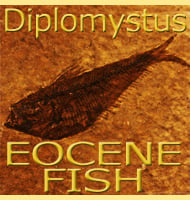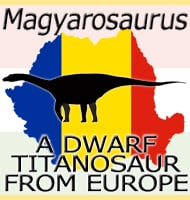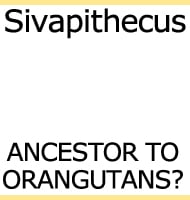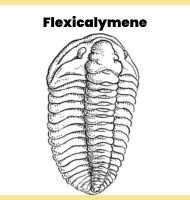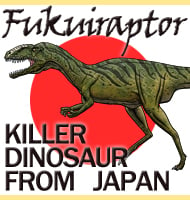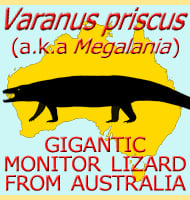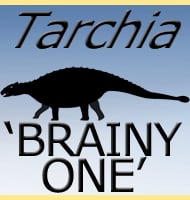In Depth
Odontochelys translates to English as ‘toothed turtle with a half-shell’, and this is in reference to the fact that only the plastron (bottom half) of the shell is developed. How the shell formed though is a matter of debate amongst palaeontologists as some consider Odontochelys to be a transitory form in the evolution of turtles while others think that the plastron formed as a result of shell reversal, something that can be seen in other turtle genera. Whichever theory is correct, Odontochelys did not have a hard carapace (upper shell) that protected its back. Odontochelys did however have broad ribs which can be seen in the developing embryos of modern turtles. Similar development can also be seen in some other early reptiles such as Eunotosaurus from the Permian.
The presence of large numbers of ammonites and conodonts in the deposits the Odontochelys holotype specimen was found in is seen to confirm that Odontochelys was a primarily if not fully aquatic animal. Exactly what Odontochelys ate is a good question as the teeth are not especially adapted to just one kind of diet, and would have been suitable for either catching small aquatic animals or possibly rasping algae off rocks like a marine iguana.
Further Reading
– An ancestral turtle from the Late Triassic of southwestern China. – Nature 456:497-501. – C. Li, X. C. Wu, O. Rieppel, L. T. Wang & L. J. Zhao – 2008. – Decompression syndrome and diving behavior in Odontochelys, the first turtle. – Acta Palaeontologica Polonica. 60 (1): 163–167. – Bruce M. Rothschild & Virginia Naples – 2015.


